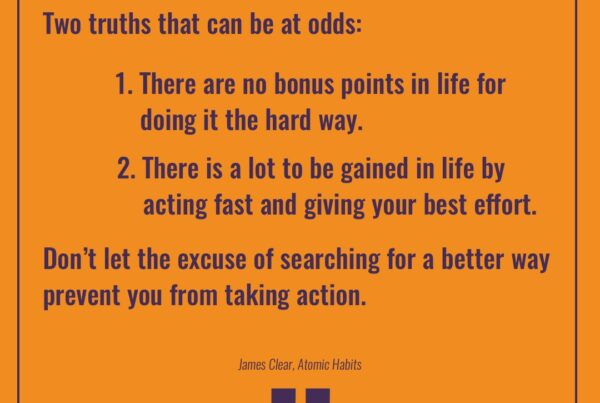 Having a strong leader at the helm of a nonprofit organization is critical for its long-term success. Every Executive Director juggles many things including staff, Board, fundraising, and program oversight. He or she must be focused and totally committed to the organization to successfully manage these multiple priorities.
Having a strong leader at the helm of a nonprofit organization is critical for its long-term success. Every Executive Director juggles many things including staff, Board, fundraising, and program oversight. He or she must be focused and totally committed to the organization to successfully manage these multiple priorities.
Here are three critical mistakes that are often made by nonprofit Executive Directors that can totally derail their success as a leader.
- Lone Ranger Syndrome. When an Executive Director has the need to control everything, they can quickly find themselves alone. Often, their thinking is “I can do this faster (or better) myself” and so they attempt to accomplish everything without help.
Better idea: A good leader needs to engage others in the work of the organization. A huge piece of this is to trust others will get the job done, realizing that it may not be done they way he or she would do it. Sometimes an Executive Director must give up control in order to get much-needed help. It’s usually better to get things done and done good enough, rather than done and done perfectly.
- Poor Expectations. This mistake can cripple a relationship with a Board member, staff person, or volunteer. In small organizations it’s common for the Executive Director to expect that Board members will jump in to help with fundraising or will know what their responsibilities are. The truth is that many well-meaning Board members don’t have a clue what they can do to help or what their responsibilities are.
Better idea: A good leader is clear with others about what their job is and comes to agreement with others about desired outcomes. Written job descriptions can be key here! When everyone is clear about what they are supposed to do there will be much less frustration and more positive outcomes.
- Majoring in the Minors. Too often, leaders focus on things that are unimportant in the grand scheme of things. With time being an Executive Director’s most precious resource, they cannot afford to spend it on things that don’t move the organization forward.
Better idea: A good leader focuses on the things only he or she can do and delegates the rest. Executive Directors need to be thinking about the future, watching the bottom line, and making sure all operational activities fulfill the mission, not picking out office supplies or choosing napkin colors.
By recognizing these three dangerous mistakes and working to avoid them, an Executive Director will be on their way to job satisfaction and organizational success.
About Sandy Rees: Sandy is a fundraising coach and consultant, whose passion is showing small nonprofit organizations how to raise more money, strengthen their Boards, and build relationships with donors. You can learn more about her on her website, Get Fully Funded or by following her on Twitter: @SandyRees







Great insights Sandy! The ED position is so essential to the success of an organization. Thanks for identifying these issues – and providing some ‘better ideas.’
Lori, in my somewhat lengthy career (40+ years) I’ve ‘visited’ each of these mistakes–several times. At the time, none of them started out that way, because I was usually in survival (or let’s do-it-my-way) mode. Time has a way to revealing truth, and today’s posting helped do the same. I hope today’s younger professionals pay attention and avoid these pits. I love your blog; thanks for the commitment it takes to send it as frequently as you do.
Thank you Kristen & Joe for the great comments. It’s true, we learn best by doing both the things we want to do more of and the things we want to do less of.
I wish I would have seen all three of these. I made all three mistakes. 🙂
The good news, Kristy, you can learn from your experience & make different choices next time. Good luck!